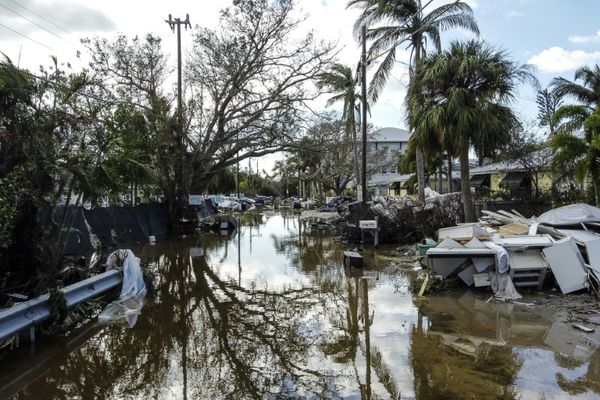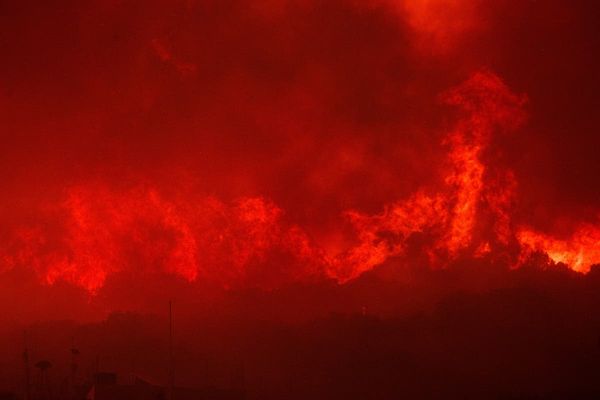
Recovering the bodies of two men killed earlier this month in a plane crash in a ravine cannot be performed safely, officials at Alaska’s Denali National Park and Preserve said.
“If and when environmental conditions change, such as lower water volume or a frozen river allows access on foot, we will consider a recovery at that time,” Denali’s Chief Ranger Jordan Neumann said in a statement Monday.
Pilot Jason Tucker, 45, of Wasilla and passenger Nicolas Blace, 44, of Chugiak, are presumed to have died when their PA-18 aircraft crashed in a tributary of the West Fork of the Yenta River, located in the southwest preserve of the national park.
The Alaska Air National Guard Rescue Coordination Center was informed of an overdue aircraft Aug. 9, but poor weather forced the initial search flight to turn around that evening.
The following morning, a guard aircraft found the wreckage of the plane, which came to rest at the bottom of a narrow, steep ravine.
Within the last week, rangers visited the site five times, lowering a rope down multiple gullies. However, each presented a significant overhead rockfall hazard, officials said.
Rangers also explored whether they could get the airplane wreckage with a mechanical grabber attached to the end of a 450-foot (137-meter) long line, lowered from a helicopter. After testing it, it was determined it would present an excessive risk to the helicopter pilot and spotter because of the unknown weight of wreckage, whether it could be transported and the limited rotor clearance with the terrain.
“With great empathy for the families of the deceased pilot and hunter, we have made the difficult determination not to attempt a recovery effort at this time,” Brooke Merrell, Denali Park superintendent, said in the statement. “The steep terrain at the accident site would make a recovery operation too dangerous to further risk the lives of rangers.”
A day after the plane crashed, Alaska State Troopers were alerted of a stranded hunter at a remote airstrip near the park’s southwestern boundary. Troopers picked up the hunter, and found out he was hunting with Blace.
The hunter, who was not named, told troopers that Tucker was to have flown Blace to a Dillinger River airstrip near the parks’ western boundary and then return to transport the other hunter. Troopers said there was no indication that the plane made it to the airstrip to drop off Blace.
The national park is located about 240 miles (386 kilometers) north of Anchorage.










